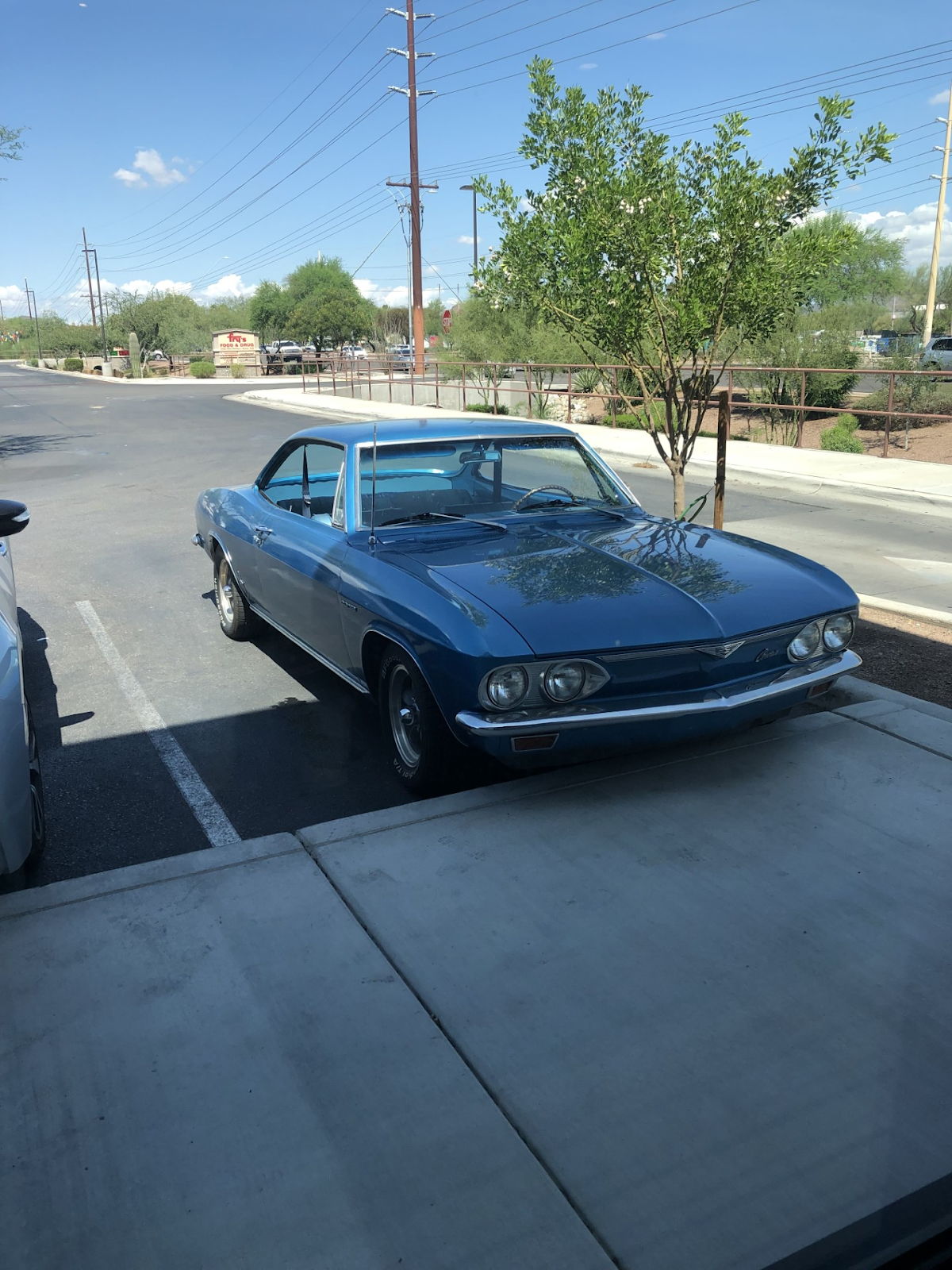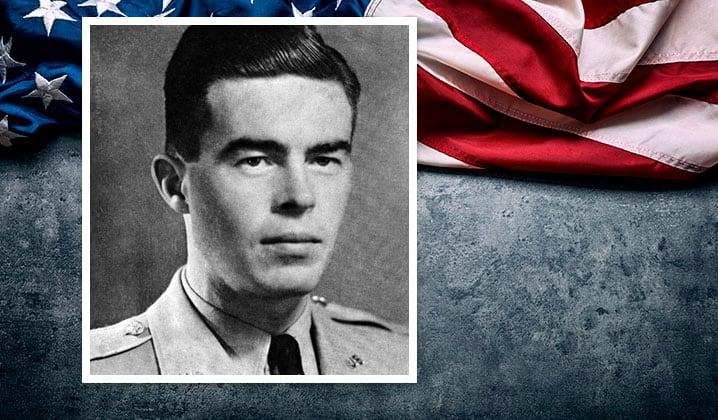Jack Sprat could eat no fat,
His wife could eat no lean.
And so between them both, you see,
They licked the platter clean.
https://en.wikipedia.org/wiki/Jack_Sprat
This nursery rhyme has been around a long time, and may have
originally been published in 1639, but was added to Mother Goose Melody in
1765.
Although the original version often was a political satire, the
more modern interpretation could be applied to the current population of the
United States, especially those living in the Bible Belt.
https://www.voanews.com/a/7312757.html
America keeps getting fatter, and the parts of the country where
country fried chicken, black eyed peas, collard greens and biscuit are staples
is where the heaviest people live.
West Virginia (41%), Louisiana (40.1%)
and Oklahoma (40%) are the states with the fattest populations in the nation,
laying claim to the highest proportion of adults with a body mass index (BMI)
of 40% or greater, according to the Centers for Disease Control and Prevention (CDC).
“The latest data from CDC is looking
grim,” says Jamie Bussel of Robert Wood Johnson Foundation, a health-based
philanthropic organization. “Twenty-two states had an adult obesity rate at or
above 35%. And that was up from 19 states the year before. And when we look
back a decade ago, no states had an adult obesity rate at or above 35%. So yes,
clearly, when you look at the numbers, they’re not going in the right
direction.”
In addition to West Virginia,
Louisiana and Oklahoma, the 22 states with an obesity rate of 35% or higher are
Alabama, Arkansas, Delaware, Georgia, Indiana, Iowa, Kansas, Kentucky,
Mississippi, Missouri, Nebraska, North Dakota, Ohio, South Carolina, South
Dakota, Tennessee, Texas, Virginia and Wisconsin.
The
highest prevalence of obesity can be found in the Midwest and South, followed
by the Northeast and the West. Obesity rates trended higher among Blacks,
Hispanics, Native Americans and Alaska natives.
Every
U.S. state had an obesity rate of at least 20%. The CDC calls additional
support for obesity prevention and treatment “an urgent priority.”
“Obesity
is a disease caused by many factors, including eating patterns, physical
activity levels, sleep routines, genetics and certain medications,” said Karen
Hacker, director of CDC’s National Center for Chronic Disease Prevention and
Health Promotion, in a press release. “This means that there is no one size
fits all approach. However, we know the key strategies that work include
addressing the underlying social determinants of health such as access to
healthcare, healthy and affordable food, and safe places for physical
activity.”
She said that more robust federal food programs are necessary to help families living in
poverty.
“In
February of 2023, the USDA proposed updates to the school meals to align them
with a diet that was [in line with] the latest dietary guidelines, and some of
those changes include limits on added sugar, reductions in sodium levels,
etc.,” she says. “We believe that those types of changes are really important
changes that could improve students’ health and diet quality.”
The United States has the 12th highest
obesity rate in the world at 36.2%. Obesity rates vary significantly between
states, ranging from 23% to 38.10%. This is due to the same dietary,
environmental, and cultural factors that cause variations between countries.
Diet is primarily to blame, with Americans receiving mixed messages about what
they should be eating and how much of it. Faced with mouth-watering
advertisements served alongside campaigns promoting daily physical activity and
proper nutrition, many Americans opt for fast, cheap, and filling options such
as processed packaged food, fast food, and larger portions. This often leads to
a diet rich in fat, calories, and sodium (the "butter, sugar, salt"
trifecta) and low in vitamins and nutrients.
https://worldpopulationreview.com/country-rankings/obesity-rates-by-country
Diet
is a major factor in determining obesity, but life style is a major factor in
limiting obesity.
Colorado,
due to an abundance of hiking opportunities, is the least obese state, closely followed
by Vermont and Massachusetts. Only 25% of the population in Colorado are
considered to be obese.
The
influence of diet was best exemplified by the 2004 film, “Super-Size Me”.
As the film begins, Spurlock is in above-average physical shape, according to his personal trainer. He is seen by three physicians (a cardiologist, a gastroenterologist/ hepatologist, and an internist), as well as a nutritionist and a personal trainer. All of the health professionals predict the "McDiet" will have unwelcome effects on his body, but none expect anything too drastic, one citing the human body as being "extremely adaptable". Prior to the experiment, Spurlock ate a varied diet but always had vegan evening meals to accommodate his girlfriend, Alexandra, a vegan chef. At the beginning of the experiment, Spurlock, who stood 6 feet 2 inches (188 cm) tall, had a body weight of 185 pounds (84 kg).
Spurlock followed specific rules governing his eating habits:
·
He must fully eat three
McDonald's meals daily: breakfast, lunch, and dinner.
·
He must consume every
item on the McDonald's menu at least once over the course of the 30 days (he
managed this in nine days).
·
He must ingest only
items offered on the McDonald's menu, including bottled water.
All outside consumption of food is prohibited.
·
He must Super Size the
meal if offered,
but not otherwise.
·
He will attempt to walk
about as much as a typical United States citizen, based on a suggested figure
of 5,000 standardized distance steps per day, but he did not closely
adhere to this, as he walked more while in New York than
in Houston.
On February 1, Spurlock starts the month with breakfast near his home
in Manhattan,
where there is an average of four McDonald's locations (and 66,950 residents,
with twice as many commuters) per square mile (2.6 km²). He aims to keep
the distances he walks in line with the 5,000 steps (approximately two miles)
walked per day by the average American.
Day 2 brings Spurlock's first (of nine) Super Size meals, at the
McDonald's on 34th Street and Tenth Avenue, which comprises a Double Quarter
Pounder with Cheese, Super Size French fries, and a 42-ounce Coca-Cola,
which took him 22 minutes to eat. He experiences steadily increasing stomach
discomfort during the process, and then finally vomits in
the McDonald's parking lot.
After five days, Spurlock has gained 9.5 pounds (4.3 kg) (from 185.5
to about 195 pounds). It is not long before he finds himself experiencing depression,
and he claims that his bouts of it, along with lethargy and headaches,
could be relieved by eating a McDonald's meal. His general practitioner describes him as
being "addicted". At his second weigh-in he had gained another 8
pounds (3.6 kg), putting his weight at 203.5 pounds (92.3 kg). By the
end of the month he weighs about 210 pounds (95 kg), an increase of about
24.5 pounds (about 11 kg). Because he could eat only McDonald's food for a
month, Spurlock refused to take any medication at all. At one weigh-in,
Spurlock had lost 1 lb. from the previous weigh-in, and
a nutritionist hypothesized
that he had lost muscle mass, which weighs more than an identical volume of
fat. At another weigh-in a nutritionist said Spurlock had gained 17 pounds
(7.7 kg) in 12 days.
Spurlock's then-girlfriend, Alexandra Jamieson, attests to the fact that
Spurlock lost much of his energy and sex drive during
his experiment. It was not clear at the time whether or not Spurlock would be
able to complete the entire month of the high-fat, high-carbohydrate diet,
and family and friends began to express concern.
On Day 21, Spurlock has heart palpitations.
His internist,
Dr. Daryl Isaacs, advises him to stop what he is doing immediately to avoid any
serious health problems. He compares Spurlock with the protagonist played
by Nicolas Cage in the movie Leaving Las Vegas,
who intentionally drinks himself to death in a matter of weeks. Despite this
warning Spurlock decides to continue the experiment.
On March 2, Spurlock makes it to day 30 and achieves his goal. In thirty
days he has "Supersized" his meals nine times along the way (five of
which were in Texas,
four in New York City). His physicians are surprised at the degree of
deterioration in Spurlock's health. He notes that he has eaten as many
McDonald's meals as most nutritionists say the ordinary person should eat in
eight years. (He ate 90 meals, which is close to the number of meals consumed
once a month in an eight-year period.)
Super-Size Me premiered at the
2004 Sundance Film Festival, where Morgan Spurlock won the Grand Jury Prize for
directing the film.The film opened in the US on May 7, 2004, and grossed a
total of $11,536,423 worldwide, making it the 7th highest-grossing documentary
film of all time. It was nominated for an Academy Award for Best
Documentary Feature, but lost to the film Born into Brothels. It
did, however, win the award for Best Documentary Screenplay from the Writers
Guild of America.
The film received overall positive reviews from critics and audiences. It
holds a 92% rating on the film review aggregator Rotten Tomatoes based on 171 reviews, with
an average rating of 7.73/10. The consensus calls the film an
"entertaining doc about the adverse effects of eating fast food." Metacritic assigned the film a weighted
average score of 73 out of 100, based on 37 critics.
Super Size Me received two thumbs up on At the Movies
with Ebert and Roeper. Caroline Westbrook for BBC News stated that the hype for the
documentary was proper "to a certain extent", because of its serious
message, and that, overall, the film's "high comedy factor and
over-familiarity of the subject matter render it less powerful than other
recent documentaries – but it still makes for enjoyable, thought-provoking
viewing." One reviewer said "he's telling us something everyone
already knows: Fast food is bad for you."
Robert Davis of Paste said the film accomplished some of
its goals and addressed an important topic, but, at the same time, sometimes
looked more like a publicity stunt than a documentary. He primarily criticized
the dramatic and unscientific approach of Super Size Me, saying
Spurlock unnecessarily ate more than he had to and ignored his nutritionist's
advice. Davis explained he would have been more interested had the documentary
been about trying to eat as healthy as possible at McDonald's: "You could
choose low-fat options, but it would be impossible to get enough vegetables and
fiber, and the low-fat meal would be incredibly bland, the product of a system
that has worked to optimize food delivery and consistency and, in doing so, has
invented foods so devoid of flavor that they require dressings, oils, beef
tallow and goopy coatings to make them more than just textured blobs. The
industry has worked hard to convince consumers that these odd, sweet flavors
are not only good but also unique, recognizable parts of a brand. Spurlock
doesn't attempt to convey this message, presumably because the effects of too few vegetables and too little fiber
aren't as dramatic as speedy weight-and-cholesterol gains."
McDonald's UK responded that the author intentionally consumed an average
of 5,000 calories per day and did not exercise, and that the results would have
been the same regardless of the source of overeating
https://en.wikipedia.org/wiki/Super_Size_Me#Counter-claims
Although
I get to the local health club two or three times a week, my exercise routine
is not overly taxing. I rarely eat at McDonald’s. If I did, I would probably order
a hamburger instead of one of the healthier items on the menu.
My latest
BMI reading was 28.0, which makes me “overweight”, but not obese, which starts
at a BMI of 30.0.
Normal
weight ranges from a BMI of 18.5 to 24.9
More exercise
and fewer beers could bring me closer to being Jack Sprat – but what fun would
that be?








